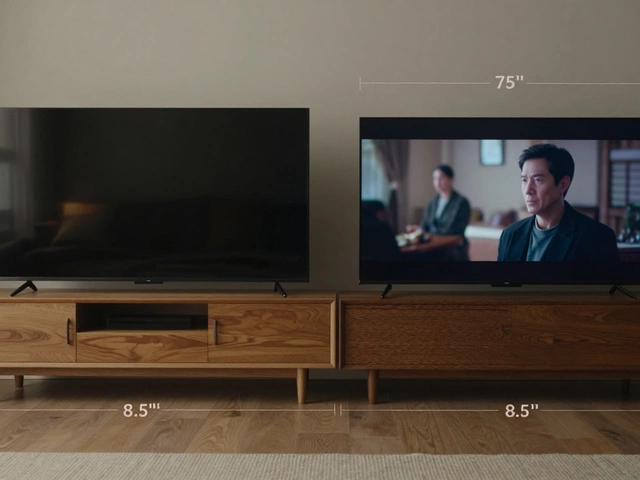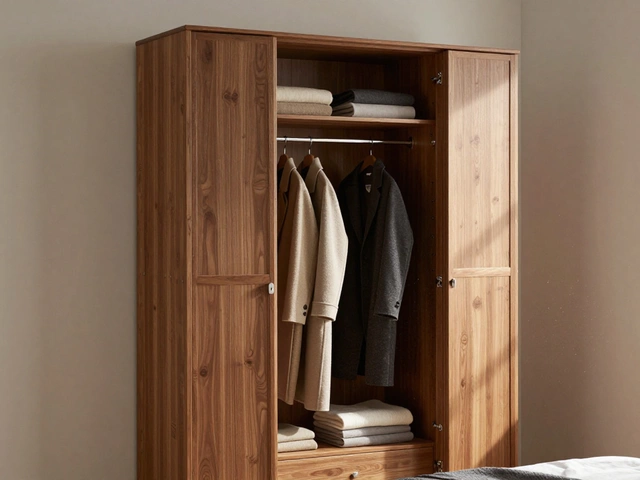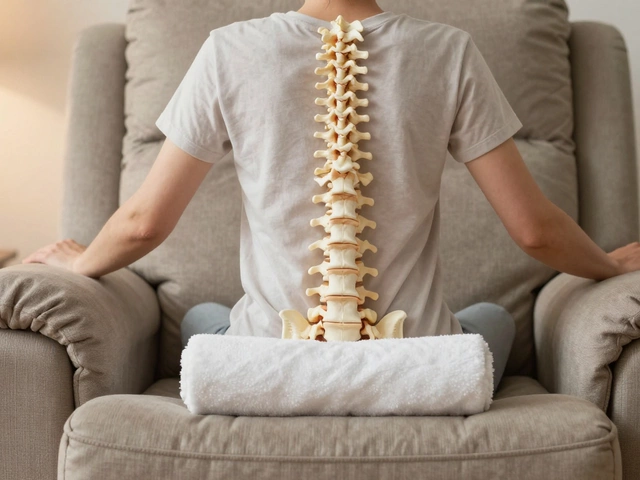Comfortable Work: Simple Ways to Boost Your Everyday Productivity
Feeling stiff at your desk or distracted by glare? You don’t need a complete overhaul to make work feel better. A few easy changes can turn a painful chair into a supportive spot and a harsh light into a calming glow. Below are practical steps you can start today, whether you’re in a home office or a traditional cubicle.
Ergonomic Basics You Can Set Up Right Now
First, check your chair height. Your feet should rest flat on the floor and your knees sit at about a 90‑degree angle. If the chair is too low, use a sturdy footrest or a stack of books. Next, align your monitor. The top of the screen belongs roughly at eye level, a couple of inches back from your face. This keeps neck strain low and makes reading easier.
Keyboard placement matters too. Keep it close enough that elbows stay close to your body and form a relaxed angle. A wrist pad can cushion the wrists if you type a lot. Don’t forget about posture breaks – stand, stretch, or walk for a minute every hour. Those tiny pauses reset circulation and keep fatigue at bay.
Comfort‑Friendly Add‑Ons for Any Space
Lighting is a game‑changer. Natural light is best, so position your desk near a window if possible. If that’s not an option, use a desk lamp with a warm, diffused bulb. Avoid harsh overhead fluorescents that cause eye strain.
Consider a small rug or a floor mat if you stand while working. It softens impact on joints and adds a cozy feel. Adding a plant brings a splash of green and improves air quality – plus it makes the area look less sterile.
Finally, personalize your space with items that make you smile: a photos frame, a favorite mug, or a muted soundscape. These touches remind your brain that this is a comfortable zone, not just a task machine.
Implementing these adjustments doesn’t cost a fortune, but the payoff is big: less pain, better focus, and a workspace you actually enjoy. Start with one change today and notice how a small tweak can make your work feel a lot more comfortable.
Comfortable and Ergonomic Chairs for Long Work Sessions
Finding the right chair for long hours at the desk involves considering ergonomics, adjustability, material, and personal needs. This guide explores the significant features that make a chair comfortable and supportive for extended sitting. We'll dive into staple designs and share insights on how to pick a chair that maintains good posture and alleviates the strain. Armed with these tips, making an informed decision becomes as easy as a good stretch mid-day.







